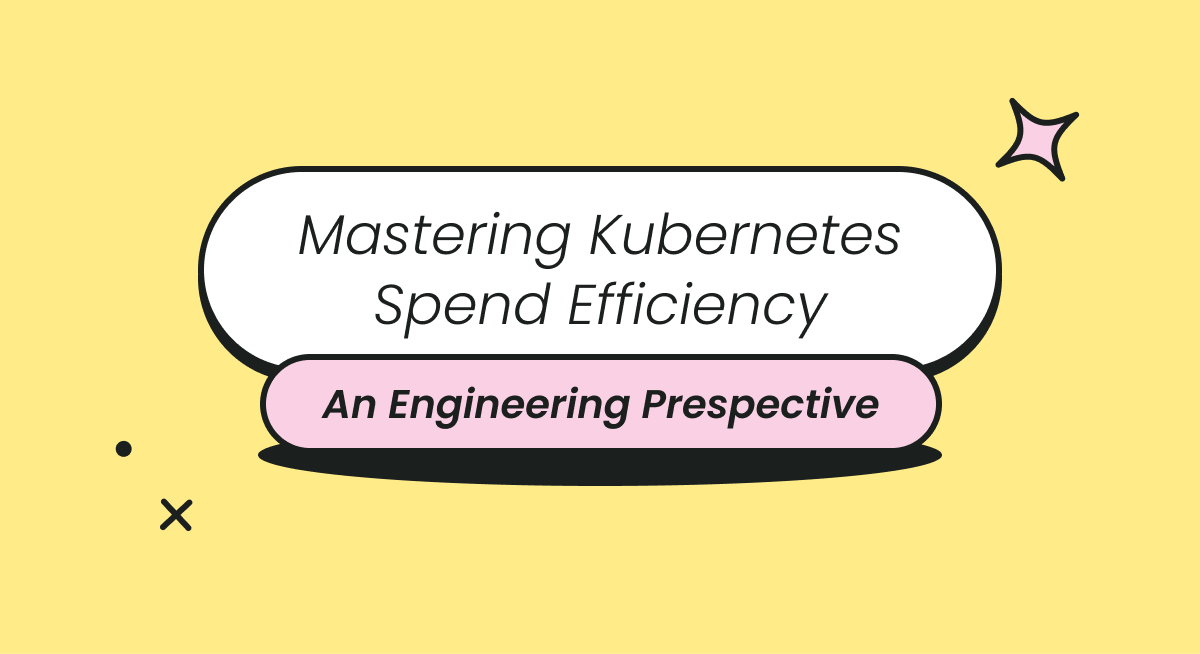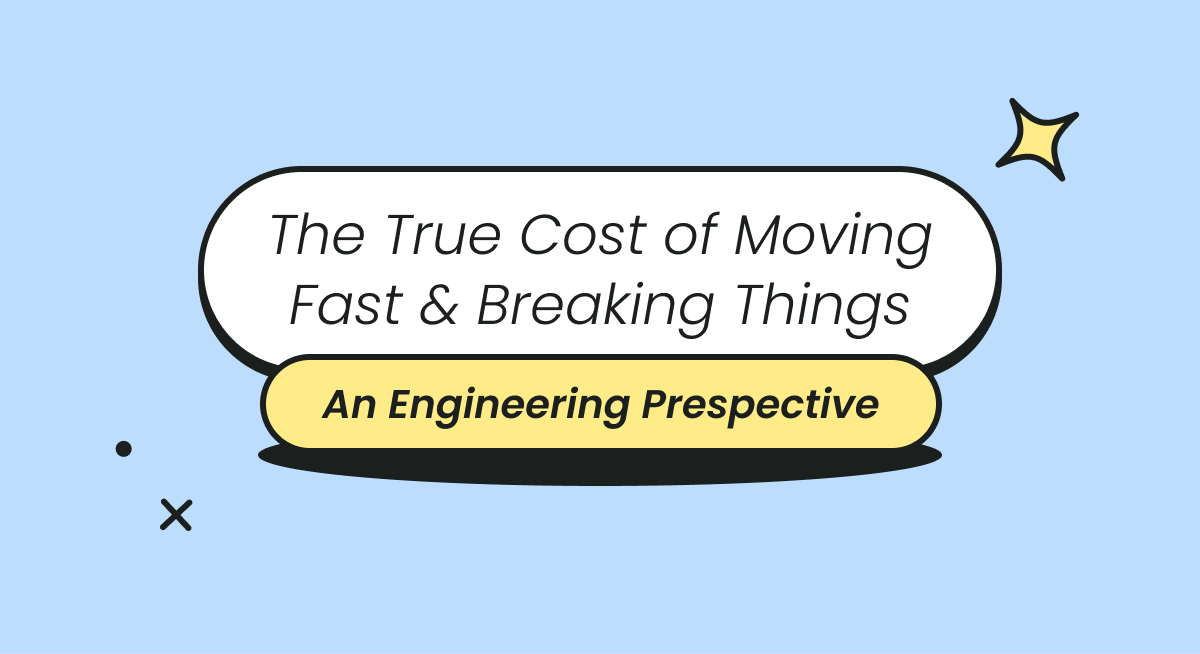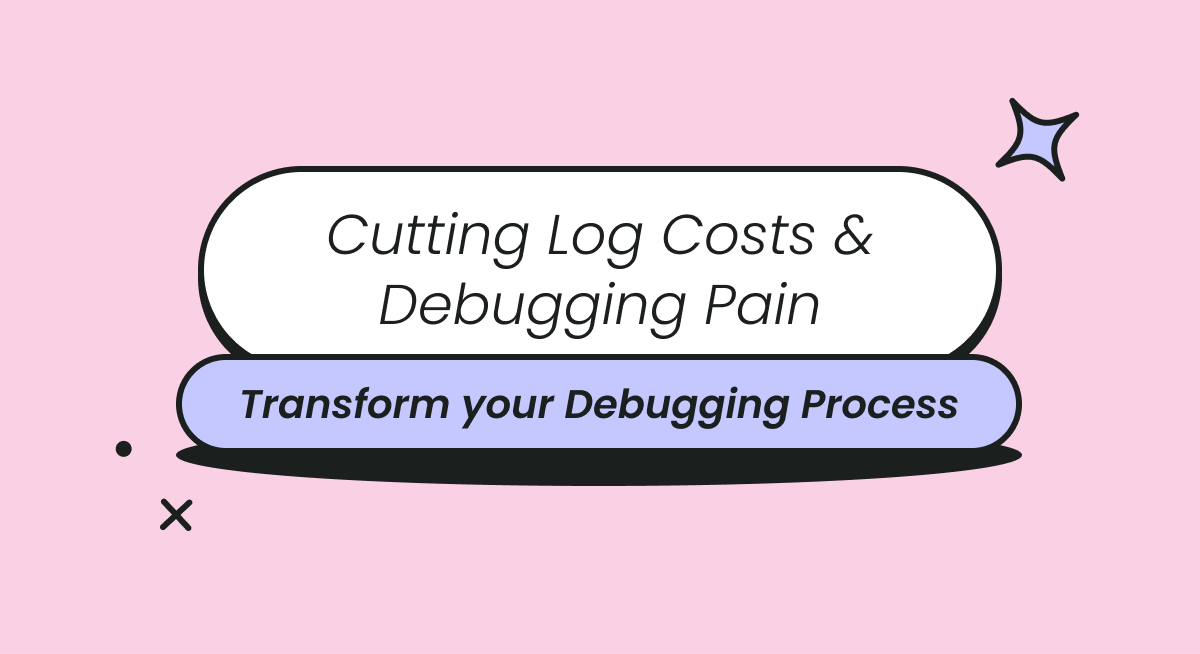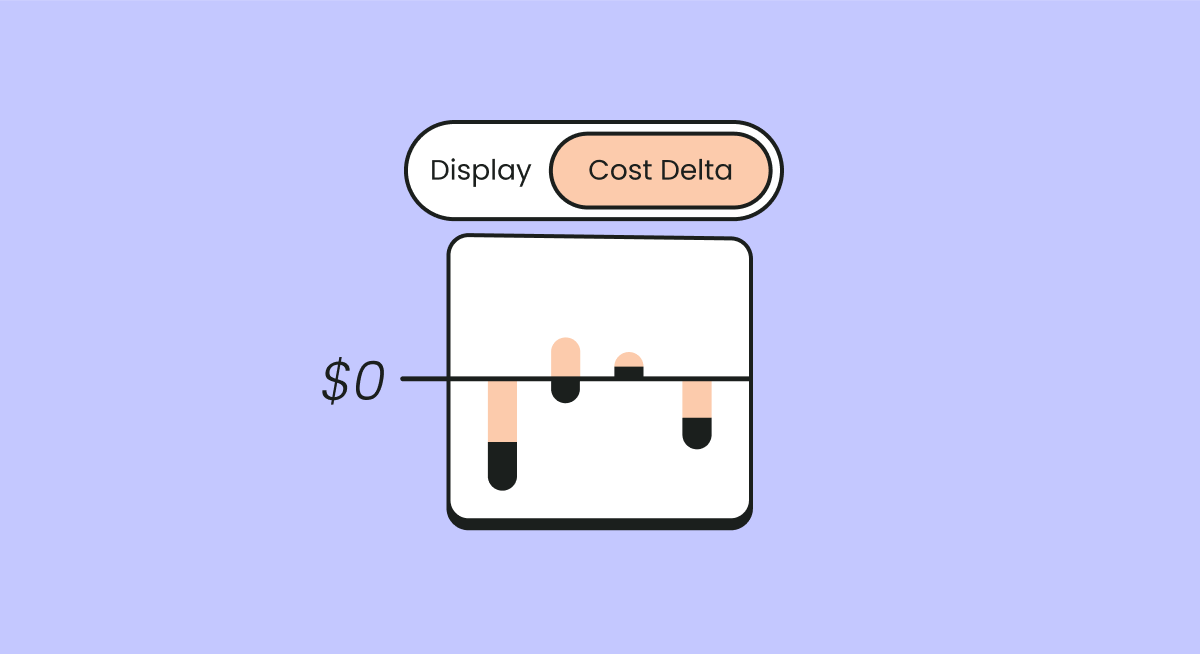
The five AWS cost optimization pillars include: right size, increase elasticity, leverage the right pricing model, optimize storage, and measure, monitor, improve. Where does Amazon Elastic Cloud Compute (EC2) fit into your cloud budget? Does AWS have services or tools to optimize the cost of EC2 usage? Let’s find out.
Amazon EC2 is a foundational service in AWS because it provides scalable computing capacity. EC2 instances are the power behind your AWS environment. EC2 allows you to save costs, innovate faster, and increase agility, but pricing can be confusing and overwhelming. In this article, we’re going to break down why cloud cost optimization for EC2 is so critical. Let’s walk through three steps that AWS recommends for your EC2 pricing strategy, along with native tools to support EC2 projects.
Choosing an EC2 Purchase Model
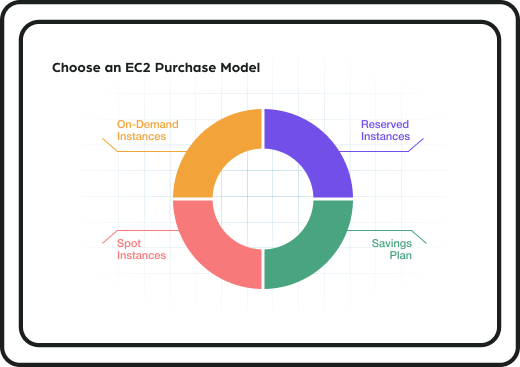
The first step that AWS recommends for EC2 cost optimization is choosing the right EC2 purchase model based on your workload. EC2 instances are categorized into five types, including:
- General purpose
- Compute-optimized
- Memory-optimized
- Accelerated computing
- Storage optimized
Once you know what type of instance is best for your workload, you choose between four main purchase models:
- On-Demand Instances – You pay by the hour or second for the instances that you launch with no long-term commitment required.
- Reserved Instances - You make a one- to three-year commitment and, in exchange, receive usage discounts. Reserved Instances are categorized as Standard or Convertible.
- Spot Instances - You take advantage of unused or spare EC2 instances, which cost less than On-Demand Instances. Spot Instances work well for fault-tolerant, stateless applications.
- Savings Plan - You receive discounts with one to three years of committed usage, which is measured in dollars per hour.
Once you’ve chosen the type of instance that supports your workloads, it’s your responsibility to “fine tune price-performance” by keeping a close eye on usage and actual demands. If you’re considering purchasing On-Demand instances, be sure to take the time to understand both EC2 Spot Instances and Savings Plans - both can help you save on cloud spend, no matter the stability of your workloads. Savings Plans are commitment-based like Reserved Instances, but the savings can be applied across different instance types and Regions.
Predicting Demand in EC2
Once you’ve selected an EC2 purchase model and launch instances, AWS recommends that you utilize tools like AWS Compute Optimizer or Cost Explorer to balance cost and performance for your EC2 environment.
AWS Compute Optimizer leverages machine learning to recommend ways to reduce costs based on your EC2 metrics, such as identifying overprovisioning or determining optimal configurations. Using AWS Compute Optimizer can lower costs by 25%. An alternative service to use is EC2 Resource Optimization Recommendations.
You may also choose to utilize AWS Cost Explorer, which provides an interface to visualize, understand, and manage AWS costs and usage metrics over time. Its core features include monthly cost reporting based on AWS service, monthly spend reporting based on Linked Accounts, hourly and resource level granularity in reporting, Savings Plan utilization reports, and Reservation utilization reports. Custom reports will allow you to identify trends in your environments, pinpoint cost drivers, detect any anomalies, and develop forecasts for future costs.
Scalability Within EC2
The final EC2 cost optimization recommendation from AWS is to utilize EC2 Auto Scaling to observe real demand and scale your compute capacity accordingly. By establishing a demand baseline, you can more closely match usage and resources to traffic. You will benefit from the ability to automatically scale up or down depending on demand increases or decreases, choose how and when to scale based on CloudWatch metrics, maintain the availability of your applications, and predict future traffic patterns and spikes.
Choosing a Cloud Cost Observability Platform
Is your current cloud cost observability platform providing the detailed EC2 insights that you need? How sure are you that your purchase model or instance type is cost-optimized? At Finout, we want you to spend more time innovating in AWS and less time managing costs. You deserve to know exactly where your AWS budget is being invested, and develop a forecast instead of a reactive budget. Our cloud cost observability platform provides total visibility into your AWS costs to reveal opportunities for optimization and drive informed decisions. Contact us today to embrace the FinOps model and take control of your cloud spend.
